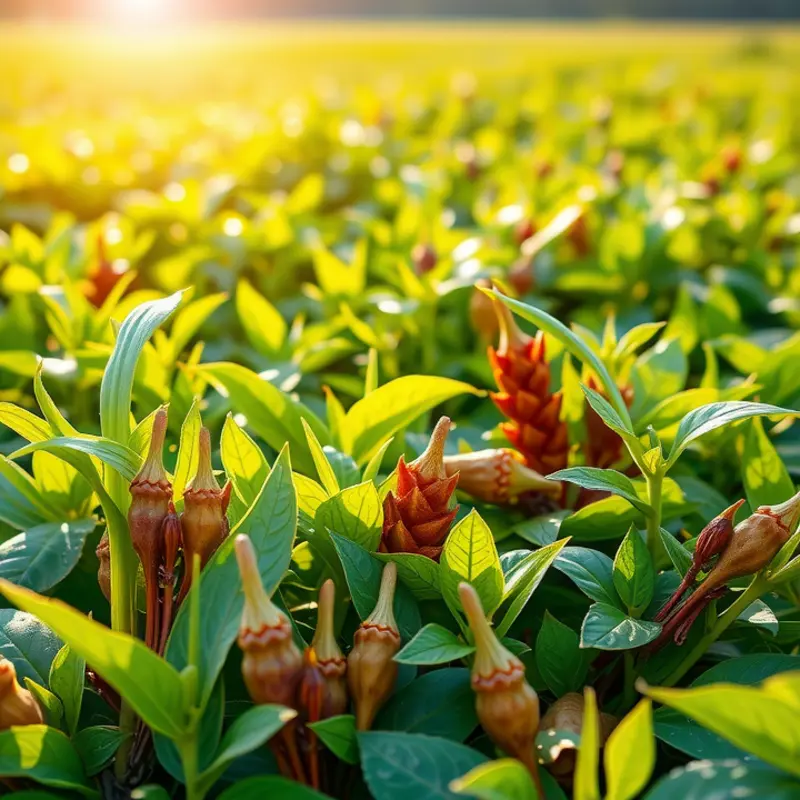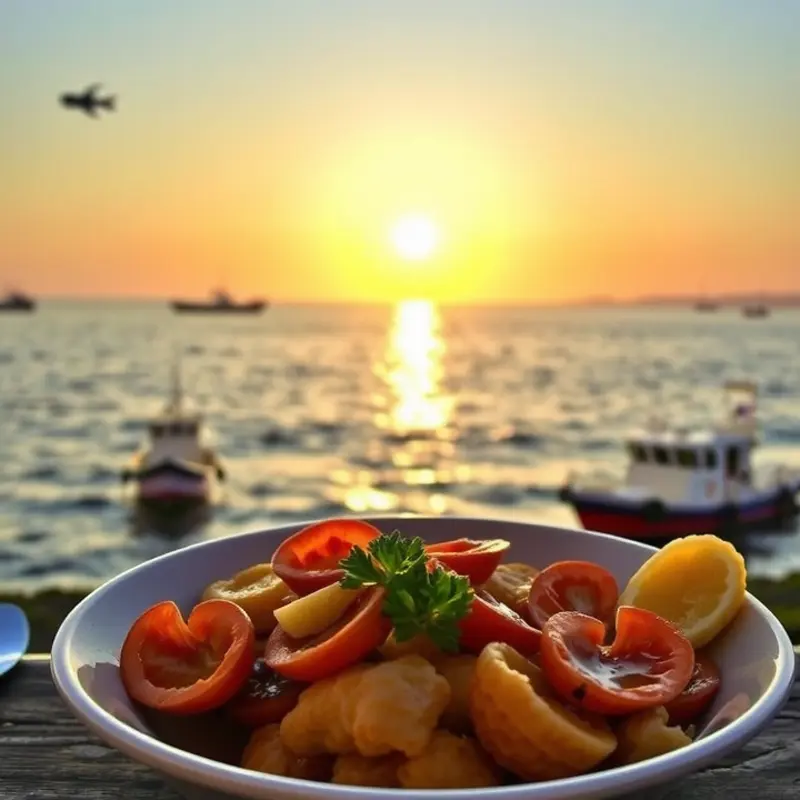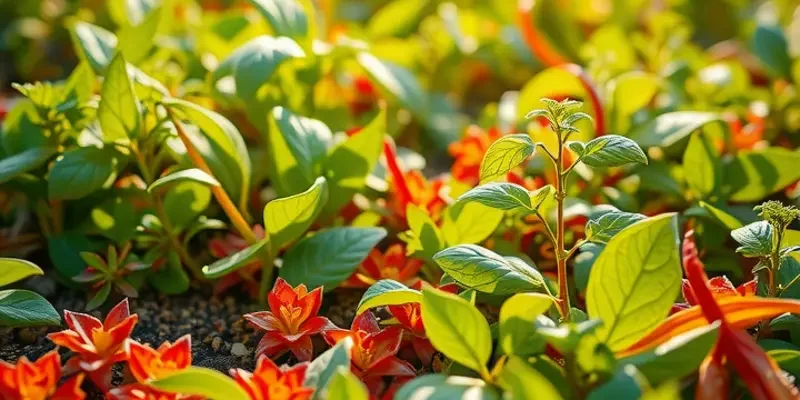Soups are more than mere sustenance; they embody culture, history, and communal bonds. Across continents, a bowl of soup tells stories, reflects identities, and connects generations. From the spicy tom yum of Thailand to the rich bouillabaisse of France, the world of soups is diverse and evocative. This exploration invites food enthusiasts and the culturally curious to uncover the global canvas painted with vibrant broth and hearty ingredients. Let’s journey through two distinct chapters of flavors and traditions that captivate the senses and warm the soul.
Tom Yum: Thailand’s Spicy Comfort

Tom yum, a quintessential Thai soup, is a symphony of flavors that captures the essence of Thailand’s culinary mastery. At its heart, tom yum embodies the principle of balance, a key element in Thai cuisine, achieved through the harmonious blend of sour, spicy, salty, and sweet notes. This iconic soup holds a revered status not only for its taste but also for its cultural significance, often featured at social gatherings and festivals as a token of genuine Thai hospitality.
The origin of tom yum is entwined with Thailand’s rich culinary history. Etymologically, ‘tom’ refers to boiling while ‘yum’ signifies a spicy and sour salad. This gives a glimpse into the vibrant taste profile that marks the soup, known for its thrilling punch of heat and zest. Traditionally, tom yum is a reflection of the land itself, using fresh ingredients that are abundant in the Thai landscape.
A quintessential tom yum features a rich broth enhanced by an aromatic blend of herbs and spices. Key ingredients include lemongrass, which imparts a citrusy fragrance, and galangal, a ginger-like root that adds a peppery warmth. Kaffir lime leaves contribute a subtle bitterness that is essential to the soup’s depth. These foundational components create a robust base, further enriched by the addition of bird’s eye chilies for spice, shallots for sweetness, and fish sauce for umami.
Proteins like shrimp or chicken are typically used, absorbing the broth’s flavors, making it both a hearty and refreshing dish. Lime juice is added just before serving, infusing the soup with a bright, tangy finish that contrasts beautifully with the spicy undertones.
The preparation of tom yum is just as important as the ingredients themselves. Traditionally, the soup is prepared by gently boiling the ingredients, ensuring the flavors are fully extracted, creating a balanced dish. In modern times, home cooks and chefs alike pay careful attention to the simmering process, ensuring each element’s essence melds seamlessly into the broth.
Cultural significance is deeply rooted in the experience of sharing tom yum. It frequently graces Thai family meals and festive celebrations, embodying warmth and generosity. This aligns with traditional Thai values where food is not merely sustenance but an opportunity for connection and shared enjoyment.
Moreover, as global culinary boundaries blur, tom yum has found a place on the international stage, celebrated for its unique and invigorating taste. Its popularity contributes to the fusion and adaptation of Thai culinary traditions worldwide, showcasing the profound impact of trade and globalization on the spread of cultural cuisine. For more insights on global culinary influences, see Culinary Influences from Trade.
Tom yum’s ongoing evolution and enduring appeal underline its status as a beloved culinary treasure, embodying the spirit of Thai cuisine—an essence marked by balance, boldness, and hospitality. Its status as a favorite on both local and global tables highlights its timeless allure and a testament to the vibrant culinary heritage of Thailand.
Bouillabaisse: France’s Seafood Symphony

Journey to the sun-drenched shores of France’s Mediterranean coastline, where bouillabaisse reigns supreme as a culinary emblem. This robust fish stew, once the simple sustenance of Marseille’s fishermen, has evolved into a delicacy celebrated far beyond its humble beginnings. With each aromatic bowl, bouillabaisse captures the essence of the sea, weaving together flavors and textures that resonate with the heart and soul of French cuisine.
The traditional preparation of bouillabaisse reflects its origins. Fishermen would simmer the bony rockfish, abundant but unsellable, in seawater with a mix of herbs and vegetables. Over time, this staple evolved, incorporating a range of Mediterranean fish such as rascasse, rouget, and congre—each contributing to its layered flavor profile.
A true bouillabaisse embodies both land and sea. Essential ingredients like tomatoes, saffron, fennel, and leeks are cooked alongside fish to create a distinctive broth whose aroma beckons diners from afar. The addition of orange peel and herbs de Provence adds a fragrant complexity that defines the stew. The ritual of preparation, performed by skilled hands, involves meticulously layering these components to achieve the perfect balance between flavor and texture.
Cultural appreciation for bouillabaisse extends beyond its ingredients to the act of serving itself. In Marseille, it is traditionally served in two courses. First, the flavorful broth is strained and savored on its own, followed by the fish and remaining vegetables, often brought to the table in a separate serving dish. This presentation honors the stew’s depth and encourages diners to savor each layer thoughtfully.
To complete the bouillabaisse experience, many pair the stew with slices of crusty French bread, often rubbed with a clove of garlic for an extra layer of taste. Rouille, a thick, spicy mayonnaise-like sauce flavored with garlic, saffron, and cayenne, is spread on the bread, offering a creamy counterpoint to the stew’s robust flavors. These complementary elements enhance the dish’s richness, providing both contrast and harmony.
Bouillabaisse also reflects the regional variations inherent in French gastronomy. Depending on the locality, ingredients and preparation techniques might vary. For instance, some regions add shellfish like mussels or langoustines, while others steadfastly adhere to the classic fish-only composition.
The stew’s complex flavors and cultural ties underscore bouillabaisse’s significance in French cuisine. Its preparation and consumption are as much about tradition as taste, creating a sensory experience that links diners to history and heritage. For those interested in cooking traditions and culinary influences from the region, exploring the broader context of culinary influences and trade can provide valuable insights into how such dishes have evolved and been embraced globally.
Thus, bouillabaisse serves as more than just a dish; it is a symphony of flavors that narrate the story of France’s coastal culture and gastronomic evolution. Each bowl offers an opportunity to taste, explore, and cherish the rich culinary tradition that surrounds this iconic stew.
Final words
Soups serve as a delightful intersection of culture, community, and cuisine. Each bowl holds unique traditions and represents the heart and soul of its originating culture. Whether you’re savoring the aromatic heat of tom yum or indulging in the rich, layered flavors of bouillabaisse, these international soups offer not just nourishment, but a taste of history and hospitality. Through exploring culinary traditions from around the world, we gain a deeper appreciation for the diverse tapestry of human experience. As you venture into your kitchen next, consider the global influences that shape your culinary world—one soup at a time.








